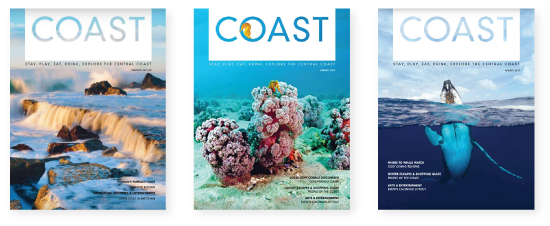When Albert Einstein wrote, “I wish that somewhere there existed an island for those who are wise and of goodwill,” he’d obviously never heard of Dangar Island on the Hawkesbury River.
The pioneering physicist knew nothing about this idyllic island of just 30 hectares that today is home to about 300 people.
Ann Howard has been a resident for almost 50 years. Originally from London, the author, artist and teacher bought what was little more than a disintegrating, lantana-choked cottage and painstakingly restored it.
“It was named The Pavilion,” explains 78-year-old Ann, “and was part of the original house built around 1890 by Henry Cary Dangar, a prominent politician. The main building had burnt down in 1940.
“It was a western red cedar kit-home imported by the Union Bridge Company of Chicago which had won the world tender to build the Hawkesbury River Railway Bridge. The island was pivotal to building this bridge as it was the only flat parcel of land in the area and was used to assemble bridge parts.
“We borrowed two car jacks, straightened up The Pavilion and moved in,” says Ann with marvellous under-statement. Restoration was a slow process while she continued teaching, finished her degrees [she achieved an MA and MSci.Soc], and cared for her three sons whose father had died when they were very young.
“Every evening we’d work on the house and garden; the boys were so happy, fit, full of energy and laughter. Locals, many who’d forgotten the house was ever there, would bring eggs, fish, honey, plants and books.” (In fact, one neighbour still leaves jars of honey on her doorstep.)
Ann says she really loved those early days on Dangar and, over the years, she has authored four books on the island’s history. She has also written extensively about women’s participation in the Australian Women’s Army Service (AWAS) during World War 2 –You’ll Be Sorry! and Where Do We Go From Here?
“They battled for equal opportunity, which set the foundation for the Women’s Liberation Movement of the ’70s,” she adds. “I’m currently collecting stories about small boats from island people and part of the proceeds will go to our wonderful community garden, which uses waste from our little shop [the only one on Dangar] for the compost and is run by volunteers.”
Ann says a strong community spirit prevails around this island.
“Nobody has to feel alone,” she says. “You can be a hermit if you like. If not, you can just walk outside your door and there’ll be somebody to talk to.” The island’s diverse demographic includes High Court judges, labourers, engineers, artists, retirees and couples with young families.
“You’ll never see obese children here; they’re all so happy and fit because they scamper around all over the place.”
Ann says she has seen massive changes since she arrived. She says she welcomes progress, as long as it’s not too radical.
“The houses were mostly boatsheds made of fibro and bits and pieces when I first came, and there was no plumbing.”
“I’d love to see a koala sanctuary developed at the top of the island, that would be a great step forward, but I don’t want a marina here, which somebody was pushing for several years ago. That would bring noise and pollution.”
For a while during 2006, the island’s tranquillity was disturbed by what was referred to as ‘The Golf Buggy War’.
Dangar has always been almost traffic-free. Two vehicles can be hired via the Vehicle Management Committee and there are rows of wheelbarrows at the wharf for residents to transport their goods. But back in 2006, a group of anarchists began using golf buggies which, according to The Sydney Morning Herald “bred like rabbits spreading across the island”.
Then came a backlash as traditionalist barrowers complained the roads were becoming dangerous.
“Things turned really ugly”, one resident told the SMH. “Tyres were slashed and some opponents protested by throwing themselves in front of the buggies.”
Eventually, after several acrimonious public meetings with Hornsby Shire Council officials, the island roads were closed to all but the community fire truck, a council ute, a volunteer-driven passenger cart and a self-drive ute.
“It helps to be resourceful and organised here,” says Ann. “It’s essential to write lists the night before leaving the island on the ferry to go shopping. But if you do forget something, people will always help out with supplies. And there’s always someone to help you, should you get sick.”
Ann is living proof: recently she was taken ill in the middle of the night with a painful kidney stone. She contacted the First Response Team who arrived within 10 minutes with their equipment.
“They took all the details and drove me down to the wharf where the police launch was waiting. I then went in an ambulance to the Sanitarium Hospital in Wahroonga and I was in a hospital bed, with all the paperwork done, within one hour.”
All went well and in no time she was back in her cottage on the island she loves.
“I live in an interesting house surrounded by a peaceful fruitful garden – I am content.”
Albert Einstein would have loved it.
Ann provides Airbnb accommodation and may be contacted at The Pavilion, 9 Yallaroi Pde, Dangar Island . Email: [email protected]
WORDS SUZY JARRATT











